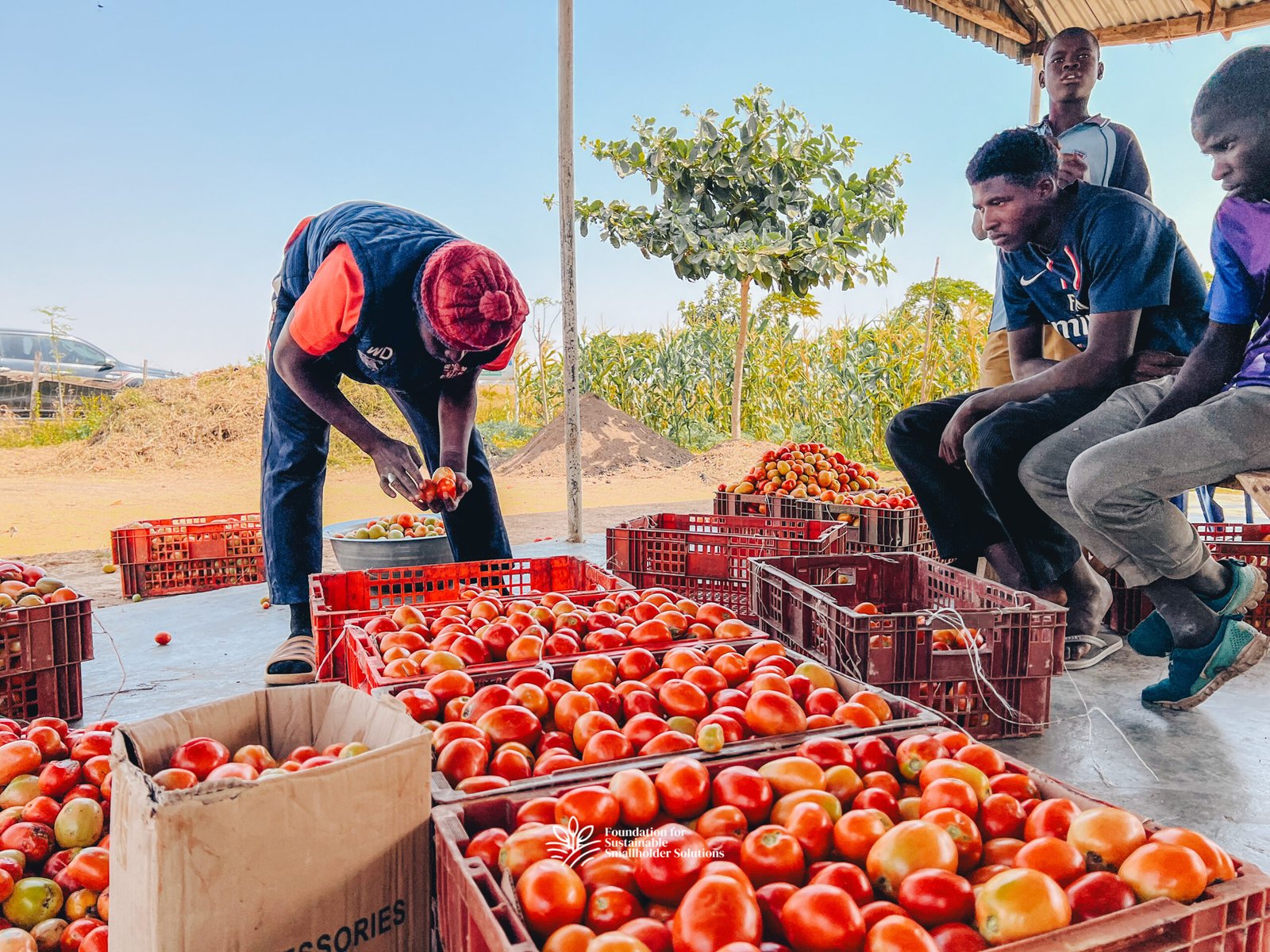
For many smallholder farmers, increasing crop yields often seems like a costly dream. Fertilisers, machines, and new technologies can be expensive — and out of reach for most. But the good news is, there are simple, low-cost methods that can help you grow more food and make more money from your farm. In this article, we’ll explore five practical and affordable ways to boost your harvests without hurting your pocket.
1. Start with Healthy Soil
The first secret to better yields lies under your feet. Good soil is the foundation of any successful farm. Before planting, take time to prepare your land properly.
- Add compost or manure: Organic matter like animal dung or kitchen waste makes the soil richer and helps it hold water better.
- Rotate your crops: Growing different crops each season prevents the soil from losing important nutrients.
- Mulch your beds: Use dry grass, leaves, or crop residues to cover the soil. This keeps it moist, cool, and full of life.
Healthy soil leads to stronger plants — and stronger plants give better harvests.
2. Choose the Right Seeds
Using high-quality seeds can make a big difference. Local or improved seed varieties are often bred to grow well in your area’s climate and resist pests and diseases.
- Ask your nearest agro-dealer or extension officer for seed recommendations.
- Try early-maturing varieties to beat drought or short rainy seasons.
- Don’t save seeds from sickly or poor-yielding plants — always choose the best.
Investing a little more in good seeds can double or even triple your harvest.
3. Plant Smart and on Time
When and how you plant matters just as much as what you plant. Many farmers lose yields simply because they plant too late or too close together.
- Plant early: As soon as the rains start or your irrigation is ready, plant right away.
- Use proper spacing: Crowded plants fight for light and food. Follow spacing advice on seed packs or ask experts.
- Use planting lines or sticks: This helps you plant in straight rows, making weeding and harvesting easier.
Small changes in planting practices can lead to big results.
4. Control Weeds and Pests the Natural Way
Weeds, insects, and diseases steal nutrients from your crops. But controlling them doesn’t always require expensive chemicals.
- Weed early and often: Hand-weeding in the first 4 weeks is most important.
- Use natural pest controls: Neem leaves, pepper spray, and ash can chase away many pests.
- Plant trap crops: For example, planting maize around your vegetables can attract pests away from your main crop.
Keeping your farm clean and well-managed can reduce losses and improve your yield without high costs.
5. Use Water Wisely
Water is life for your crops, especially during dry spells. Even with little water, you can still get a good harvest if you use it wisely.
- Collect rainwater: Use drums or tanks to harvest rain for later use.
- Try drip irrigation: Simple drip systems using bottles or pipes can give water directly to plant roots.
- Water in the morning or evening: This reduces evaporation and helps plants absorb more water.
Saving water also saves you money — and helps the environment.
Final Thoughts
Boosting farm yields doesn’t always mean spending more. With good planning, simple techniques, and a bit of extra effort, smallholder farmers can grow more food, feed their families, and earn more income.
Remember: Start with your soil, plant smart, control weeds early, and make the most of every drop of water. Farming may be tough — but with the right knowledge, it doesn’t have to be expensive.
Are you a farmer trying out any of these tips? Share your experience with us in the comments or tag us on social media. Let’s grow together!